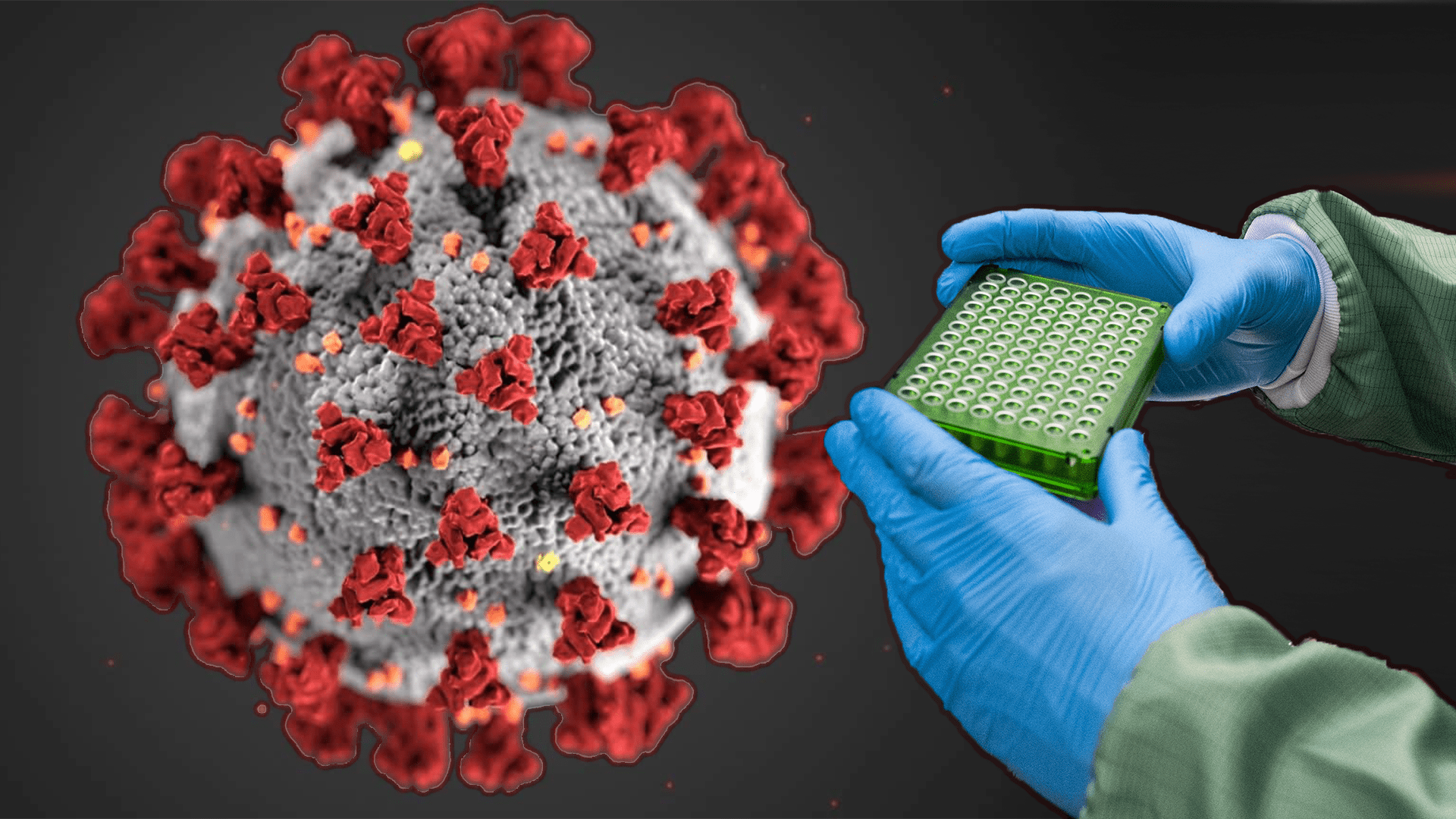New study from SciLifeLab/KAW National COVID-19 Program
In a recent study, researchers from Karolinska Institutet and Sahlgrenska Academy, have examined the differences in vaccination uptake between sociodemographic groups in Sweden. The study was funded by the SciLifeLab/KAW National COVID-19 Research Program, and the Swedish Research Council.
The researchers used statistical information on the entire Swedish population aged between 18 and 64 years to look at the differences between sociodemographic subgroups in vaccine coverage.
In the middle of October last year, 76 percent of the Swedish population had received at least two doses of a COVID-19 vaccine. Five and a half percent had received only one dose, and 18.5 percent (nearly one fifth) of the population had yet to receive their first dose.
Seven characteristics for non-vaccinated
The researchers noticed that seven characteristics were more prevalent among the non-vaccinated individuals, in comparison to vaccinated: younger age groups, males, low-income individuals, not gainfully employed (at least 40 hours over 30 days), residents in a region with a major city, those with a history of Covid-19, and were born outside Sweden.
The same findings remained after multivariable adjustments, but were attenuated. According to the researchers, this indicates a need for considering the different sociodemographic factors simultaneously.
They also performed an intersectional analysis, that showed a large variation in vaccine uptake that ranged from 32 to 96 percent in cross-classified subgroups, “Reflecting considerable sociodemographic heterogeneity in vaccination coverage”, the authors wrote in the report published in Science Direct.
The researchers also reported a generally higher degree of vaccination coverage among people diagnosed with chronic disease.





